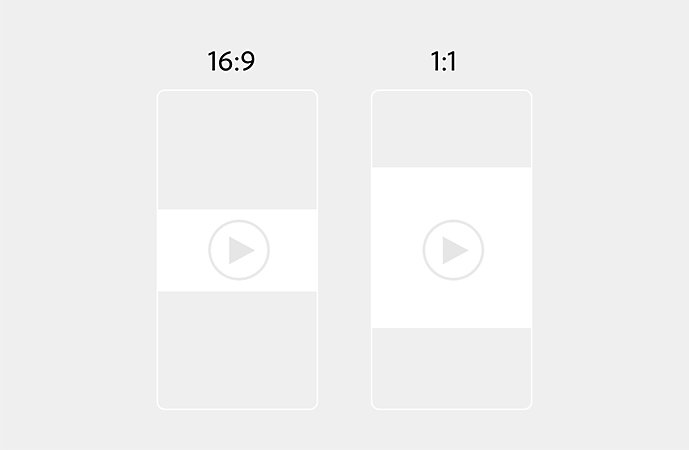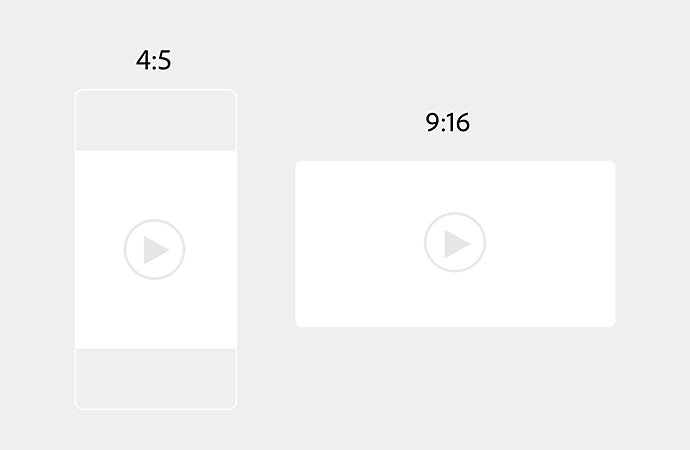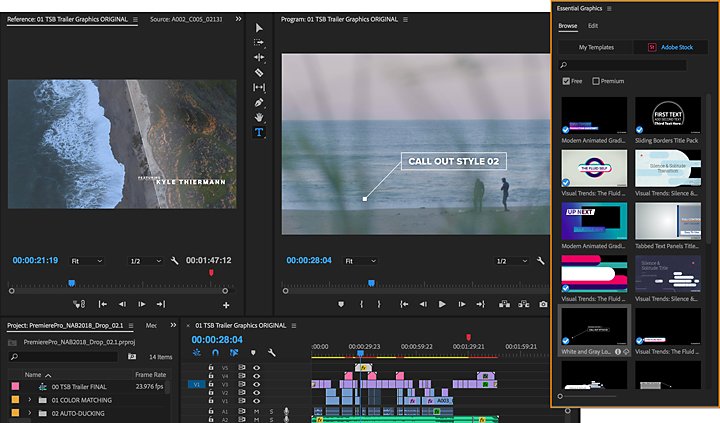Bring in the business with a high-quality promo video.
From initial conception to final cut, learn how to make a marketing or product video that helps you to increase conversion rates.

Promo video basics.
A promotional video is a video that advertises products or services. Whether you’re making a professional video to introduce a brand or an explainer video for a specific product, the principles are the same: Communicate value to a particular audience.
Video is the perfect medium for this type of promotion. “If a picture is worth a thousand words, a video is worth 10,000 or 20,000 words,” says filmmaker Taylor Kavanaugh. “When done effectively, video can be relatively short but speak more effectively than text, in-person communication or photos ever could.”
General advice for promo video makers.
Effective video marketing begins with planning. To get started, give thought to the video’s central purpose, message and intended audience.
Plan ahead.
If you’re making your own promo video, spend time pinpointing exactly what message you want to convey. If you’re shooting this video for a client, communicate clearly and extensively with them. Some clients will know exactly what they want, but many won’t. “Go back and forth with the client, presenting your ideas, so you can ensure that you’re on the right path. As you go through those checkpoints of building out the creative approach, continue to add specificity and details,” says Kavanaugh. The goal is to get to the day of the shoot confident that you and your client both know what you’re making.
Find the story.
Human beings are always looking for a story and we’re always more engaged when we find it. “Don’t just say what a product is or what a service does,” Kavanaugh says. Filmmaker Mike Leonard says the story should dictate the video’s runtime. “Longer-form videos do well if the storytelling elements are there to support them. Try not to be repetitive and go in with a clear understanding of the messaging,” Leonard says.
Think about the audience.
To engage your viewers, it’s important to know who they are. “Research them, get to know them, so you understand how they think about the world,” Kavanaugh says. Then be authentic in how you relate to that audience. Consumers respond better to an appeal to their values and beliefs than to a hard sell. “The line between turning the consumer off and getting them excited is razor thin and that’s where the craft and skill of honing a good promo video really exists,” says Kavanaugh.
Find inspiration in other videos.
Explore the video content that’s out there. See what other brands have done and note what works and what doesn’t. “Take inspiration from the videos that really stand out, but then extrapolate on them to create art: a cinematic, surprising, authentic story around the nucleus of the service or product,” Kavanaugh says.
Know where this content will live.
Before you start shooting, make sure you know the client’s requirements for format, video length and resolution. “Ask as early as possible what platforms they’re going to show the video on, because that can tell you frame size, orientation, the specs you may need to meet and the time parameters that exist on social or web platforms,” says Kavanaugh. All these specifications can affect how you shoot the whole video, so it’s important to know ahead of time and plan for different formats.


Make a storyboard and shot list.
As with any other type of video production, detailed preparation can save you time, money and stress. Before you shoot, make sure you understand the objective of the video and the platforms on which it will play. Create and refine a storyboard that you and the client are happy with. Then make a shot list, so you can stay organised and efficient in your camera set-up on the day of the shoot. This will also help ensure that you have all the tools you need.
Find the art in your work.
Just because you’re selling something doesn’t mean you can’t do it with style. With products like HD video cameras and Adobe Premiere Pro, you have the capability to really stretch yourself as a filmmaker. “Execute artfully. You can slap a video together, but you can also try to bring in aesthetic elements and push the cinematography. You can bring something to the table that hasn’t been done before, something surprising and nuanced and beautiful,” Kavanaugh says.
Interview tips.
If your promo video involves an interview component or voice-over narration, start by recording that interview.
Show up with a checklist
If you don’t pay attention to how to cut together the interview, you might find that you don’t have the clips you need, even if it was a great conversation. Leonard suggests writing a script of the ideal soundbites you want to capture. “I have my wish list of sound bites and I have my questions. And then, as people say what I want to hear, I’ll tick,” he explains.
Direct your talent.
When you interview subjects for a marketing video, direct them. If they say something that’s almost what you need, help them to say it better. “Don’t be afraid to ask them to say it again in a different way,” says Leonard. “You’re moulding the narrative, but you’re not feeding anyone lines.”
Production tips.
When it’s time to shoot the video, show up with a plan but also with a sense of flexibility.


Shoot with a variety of aspect ratios in mind.
If you’re delivering a video in both horizontal and vertical formats, you need to think about framing. “As soon as you cut two-thirds of the image, things you thought were shot really wide actually look pretty tight, so you need to make sure that you’re using frameline tools [software that helps you to line up your shot correctly] and that you’re being thoughtful about how that image is going to translate from horizontal to vertical,” says Kavanaugh.
Get good B-roll.
When you start video production by recording an interview or voice-over narration, you’ll have a good sense of the subject matter and length of the B-roll footage you need to shoot. During the interview, you might hear something you hadn’t thought of, which can lead to new additions to the shot list. Then it’s just a matter of finding the right locations, the right shots and holding those shots for long enough to ensure you’ve got what you need.
Always be ready to adapt.
As you’re shooting, you might find certain shots or scenes resonate more strongly than others. “There will always be changes after you shoot because you have to adapt to the strongest pieces you’ve captured. Sometimes that varies from what you originally had in mind and that’s just part of the process,” says Kavanaugh.

Edit to perfection.
With Premiere Pro, you have all the tools to realise your vision and make a great video. Create intros with motion graphics video templates and add music tracks from Adobe Stock. You can even use Auto Reframe to instantly reformat the video to fit different aspect ratios on social media.
Whether your video ends up living on a landing page, social media feed or presentation slideshow, the key guidance remains the same: Respect your audience and try to connect with them through story and the art of the moving picture.
Contributors
Do more with Adobe Premiere Pro.
Make visually stunning videos virtually anywhere — for film, TV and web.
You might also be interested in…
Learn this useful editing technique for weaving together action in two or more different scenes.
Get Adobe Premiere Pro
Create flawless productions with the industry-leading video editing software.
7 days free, then NZ$44.51/mo. incl. GST
